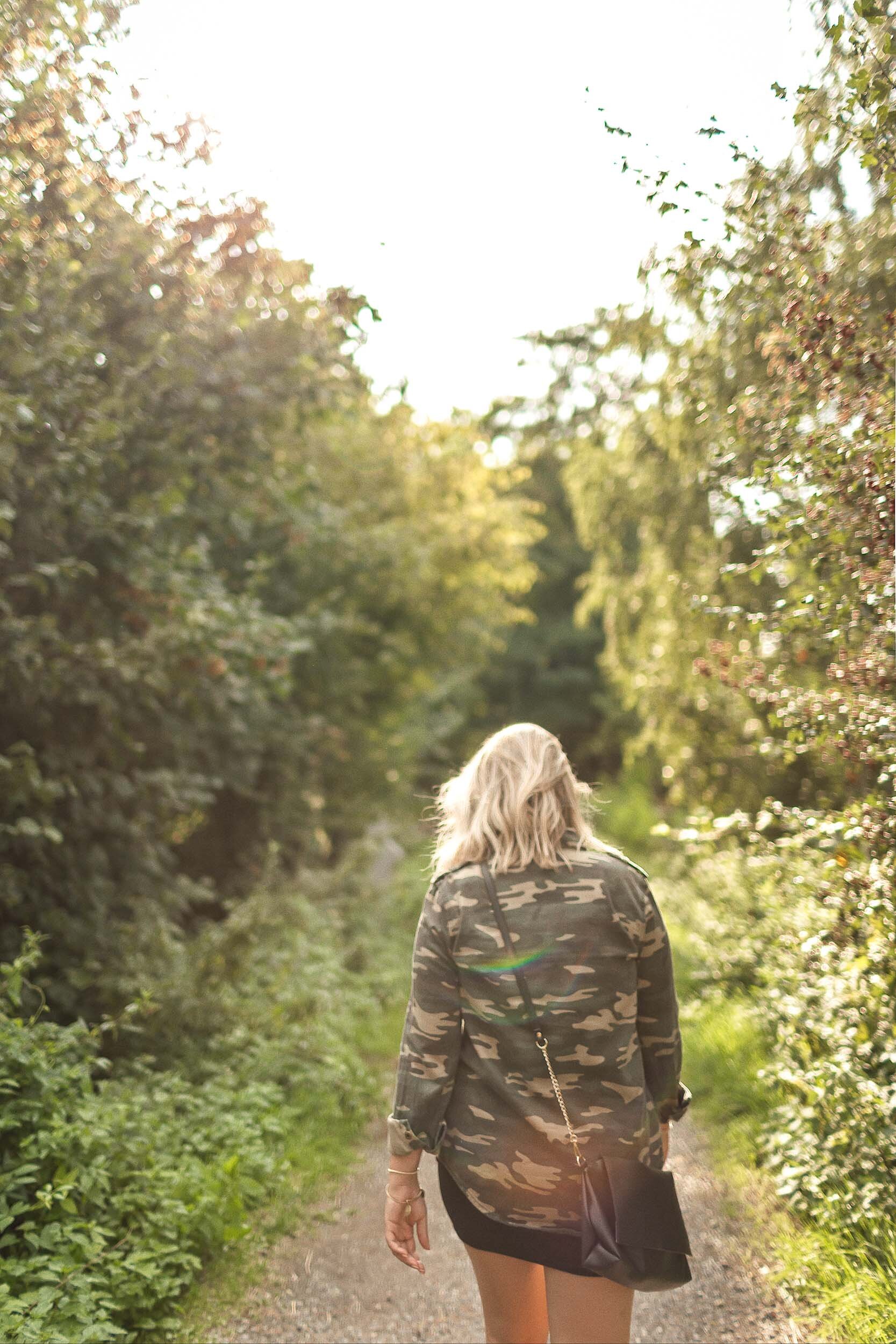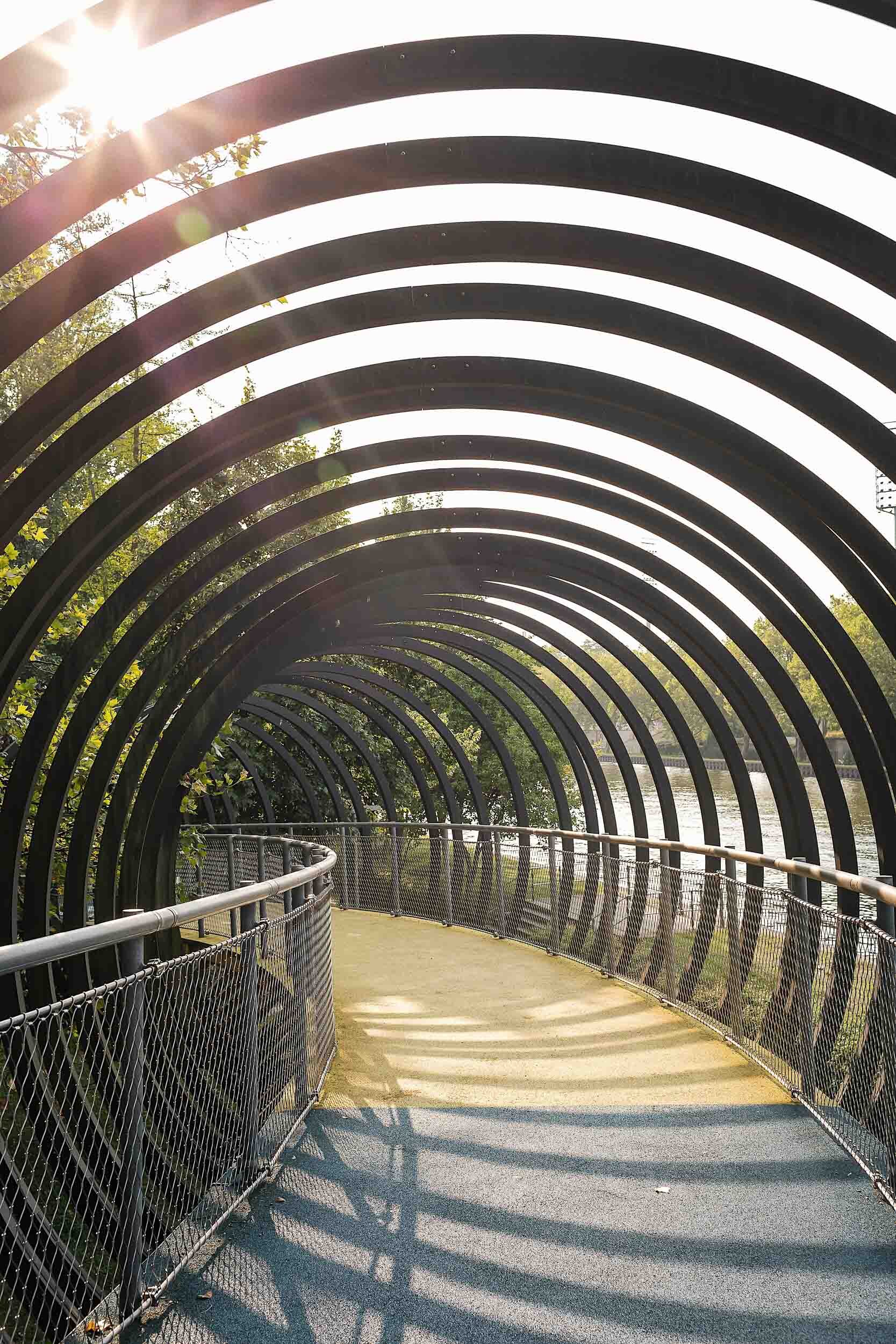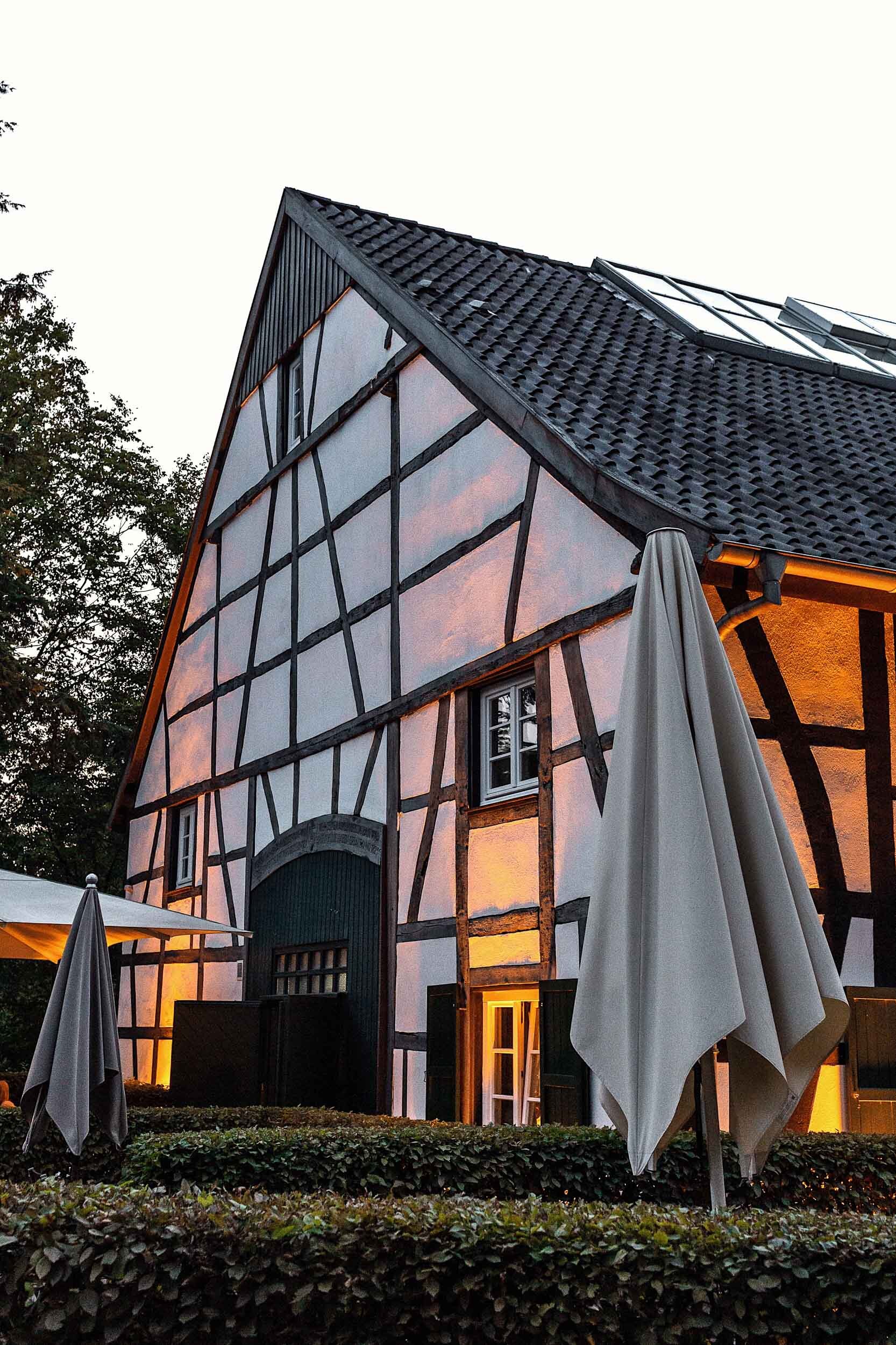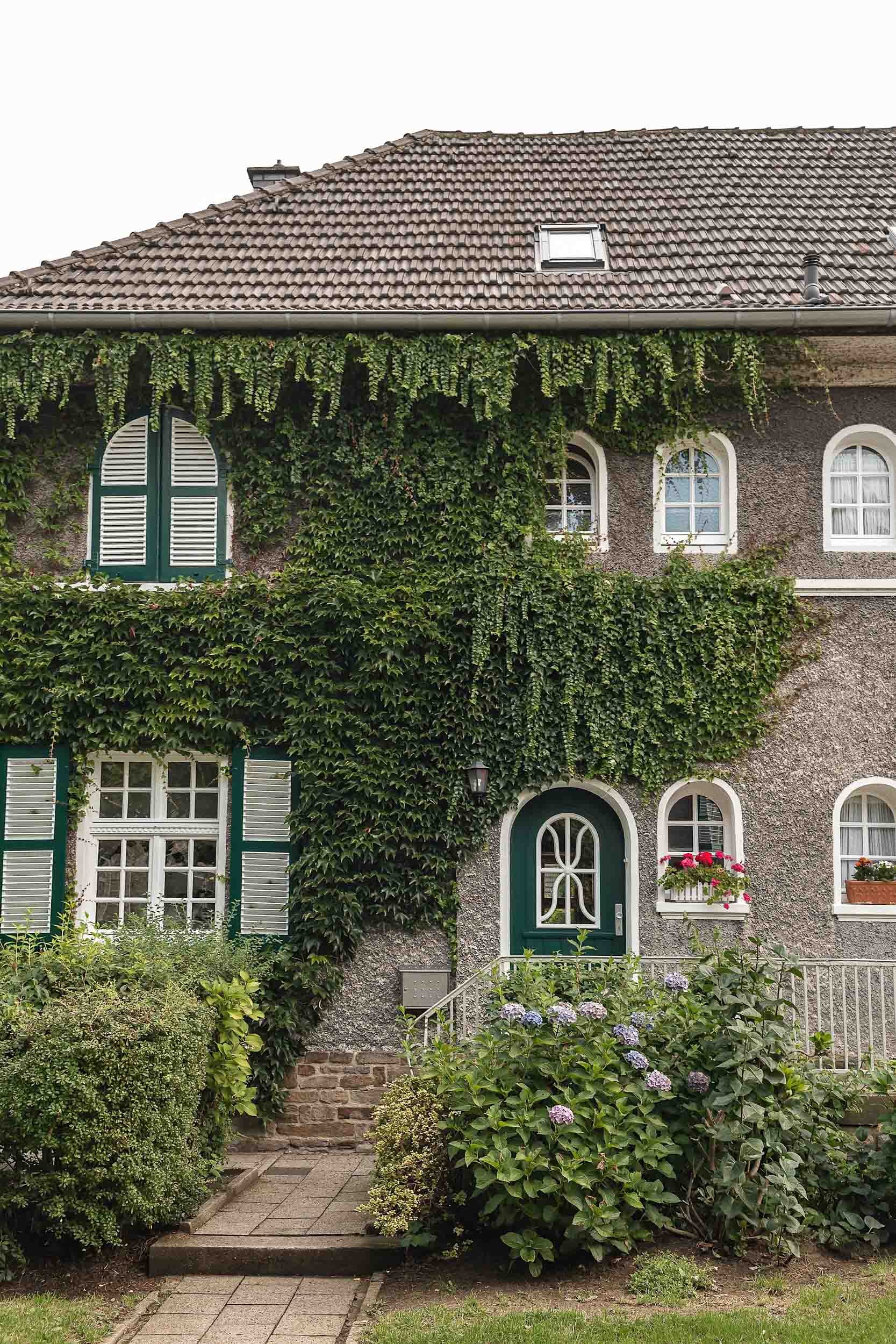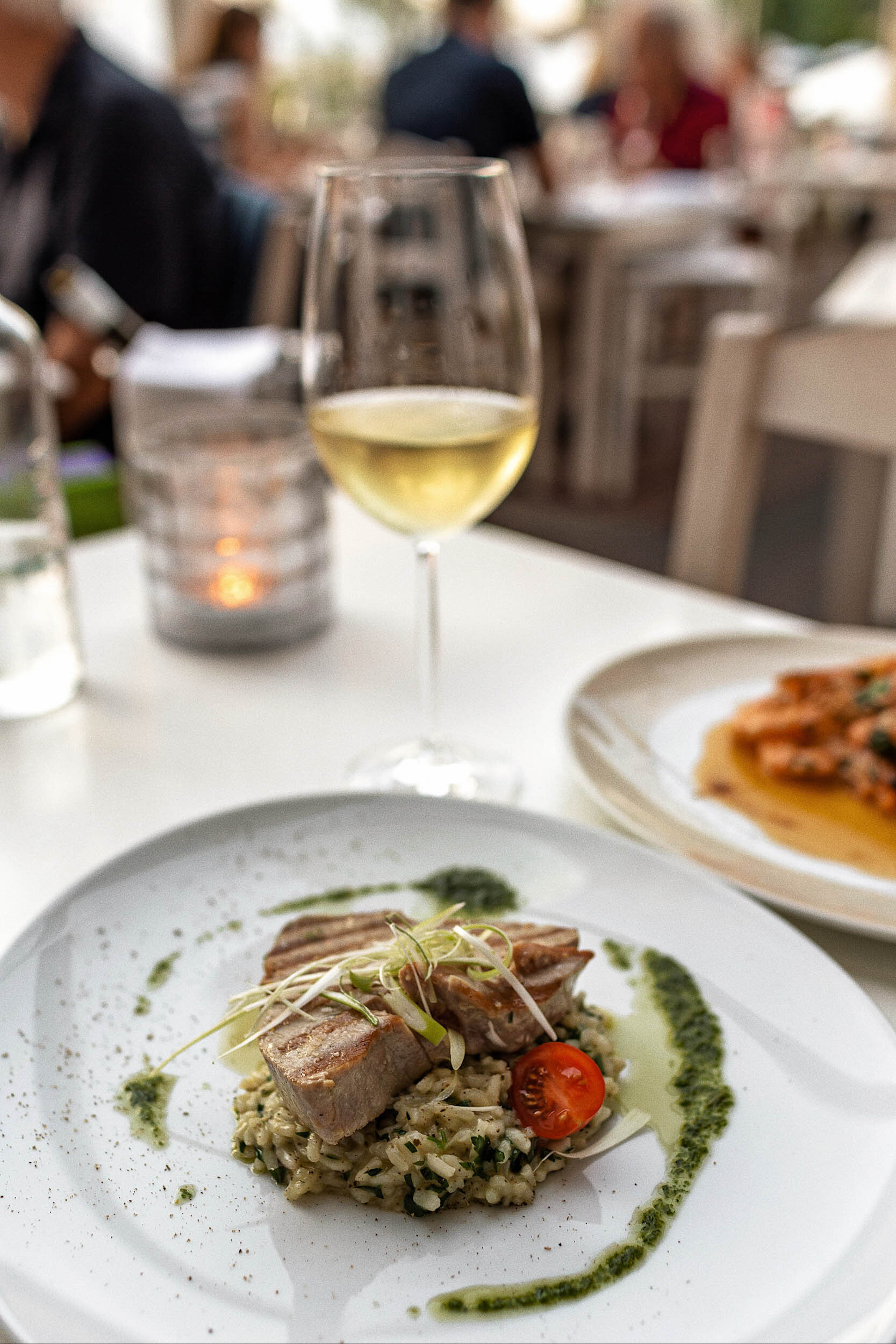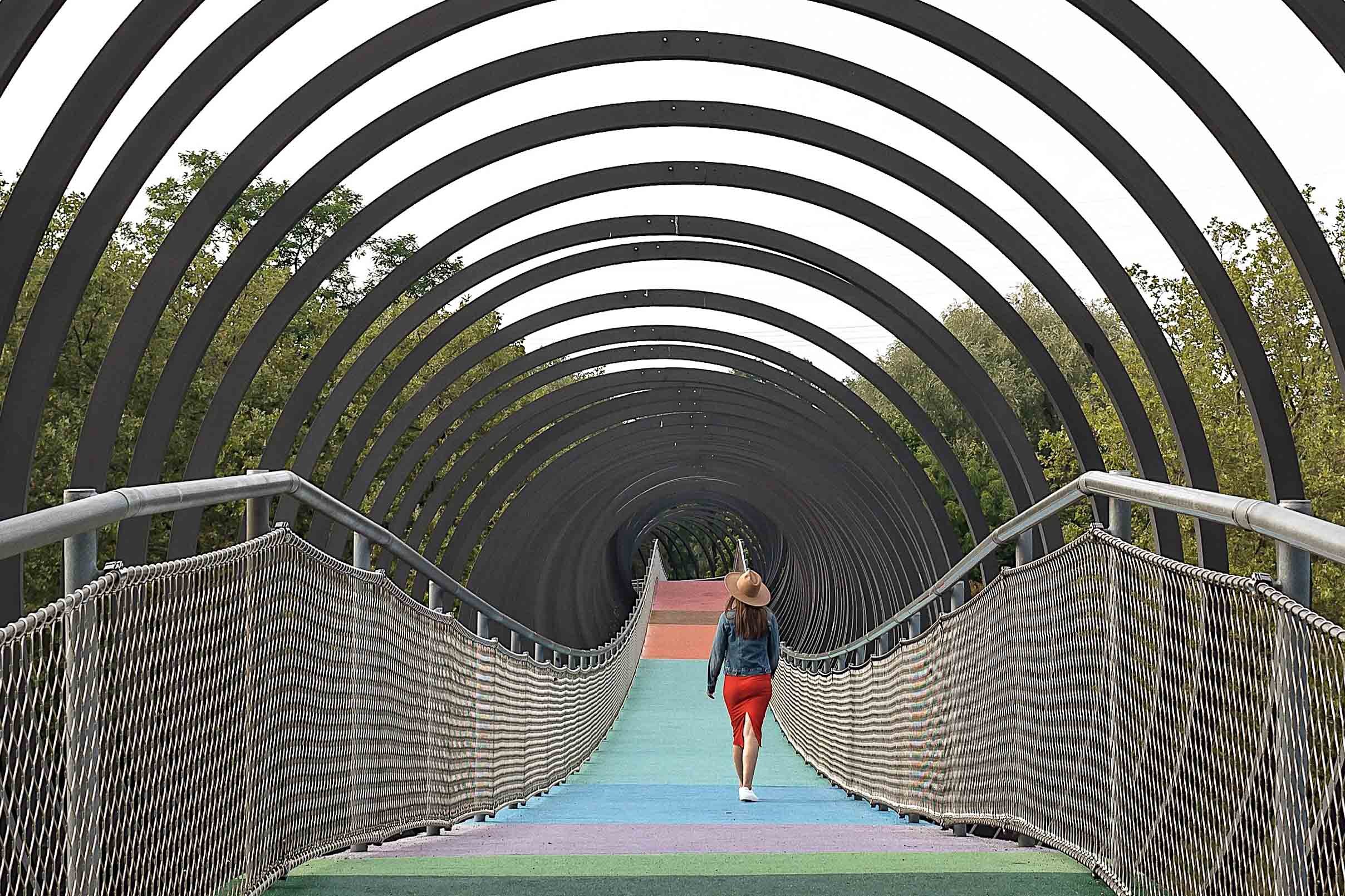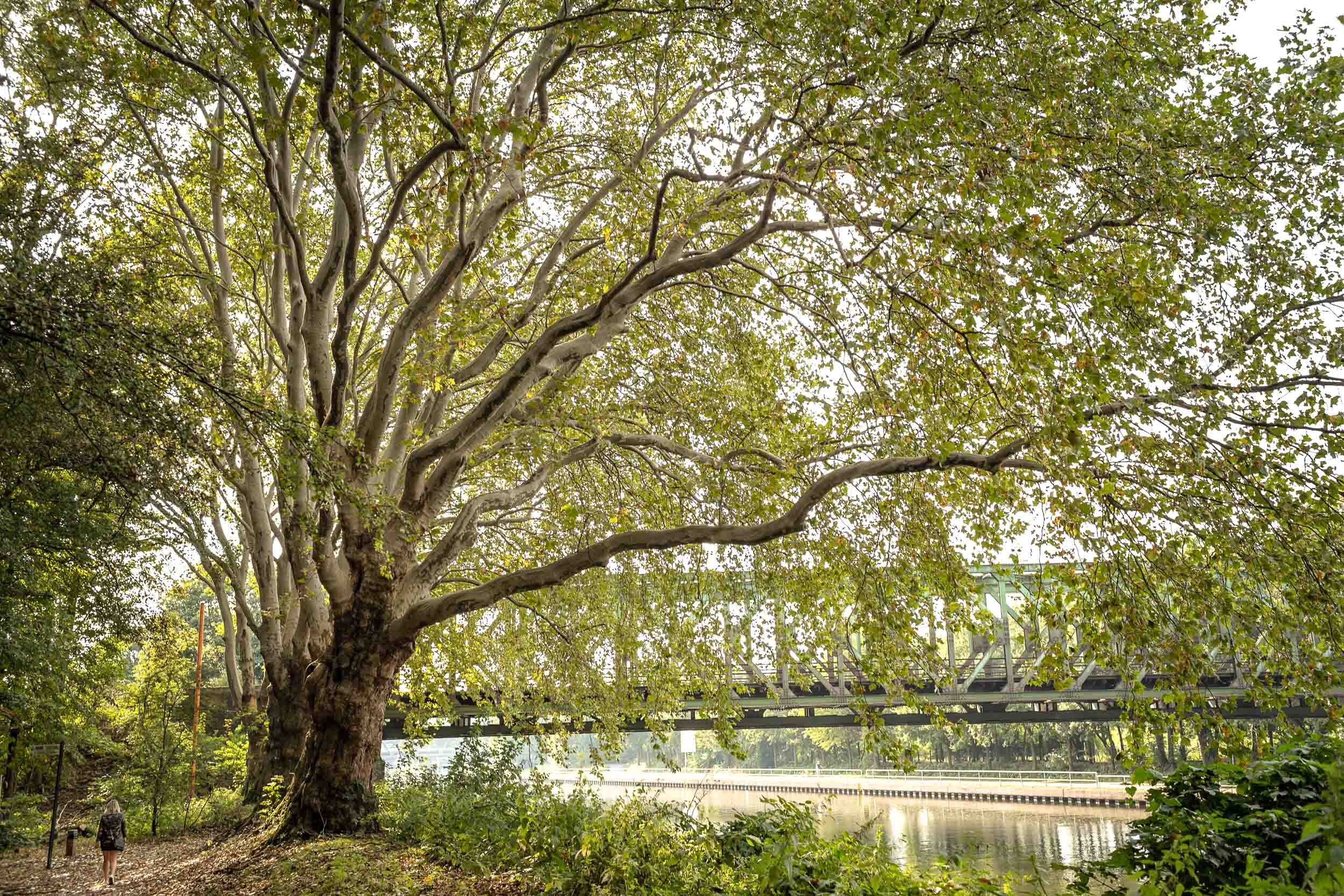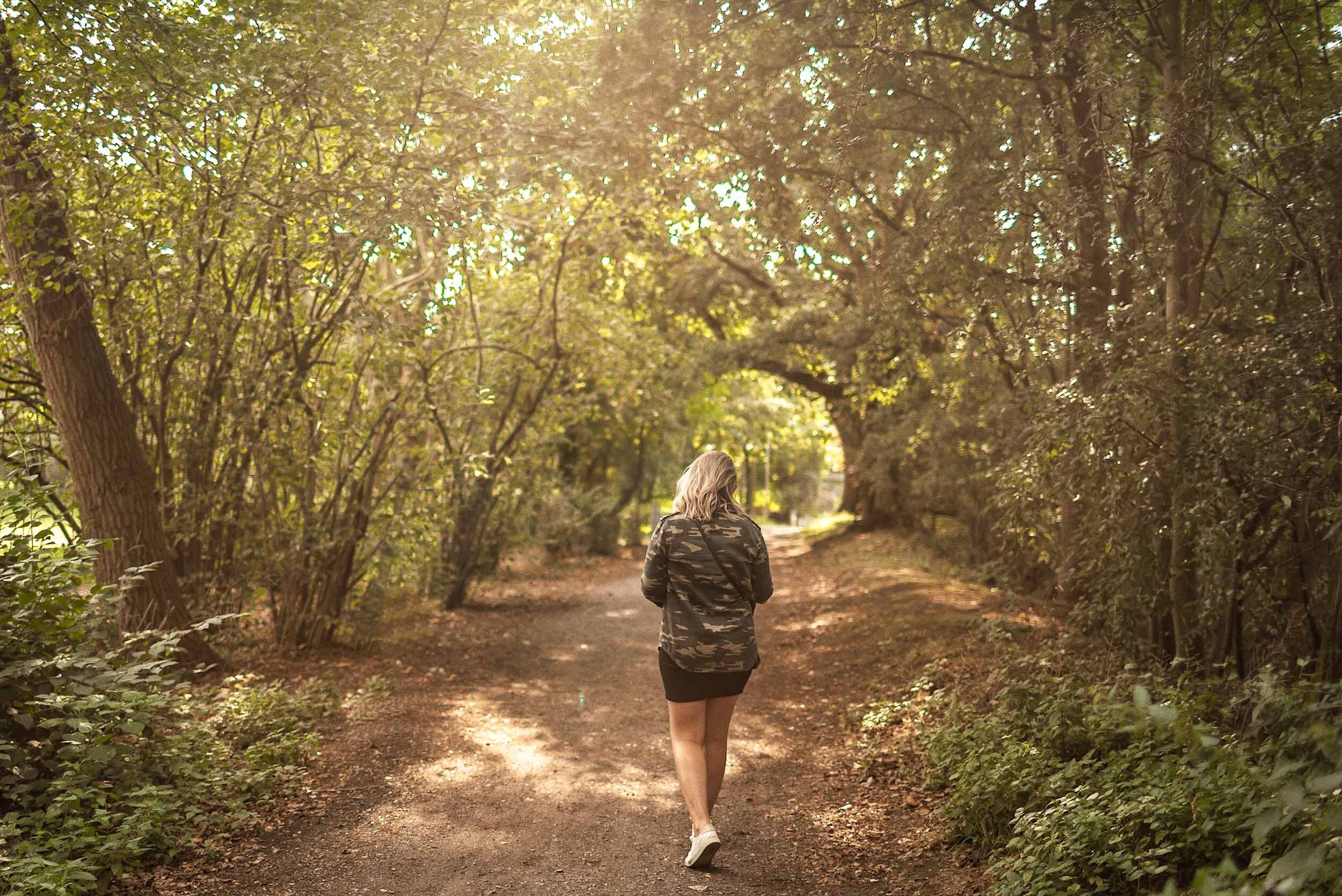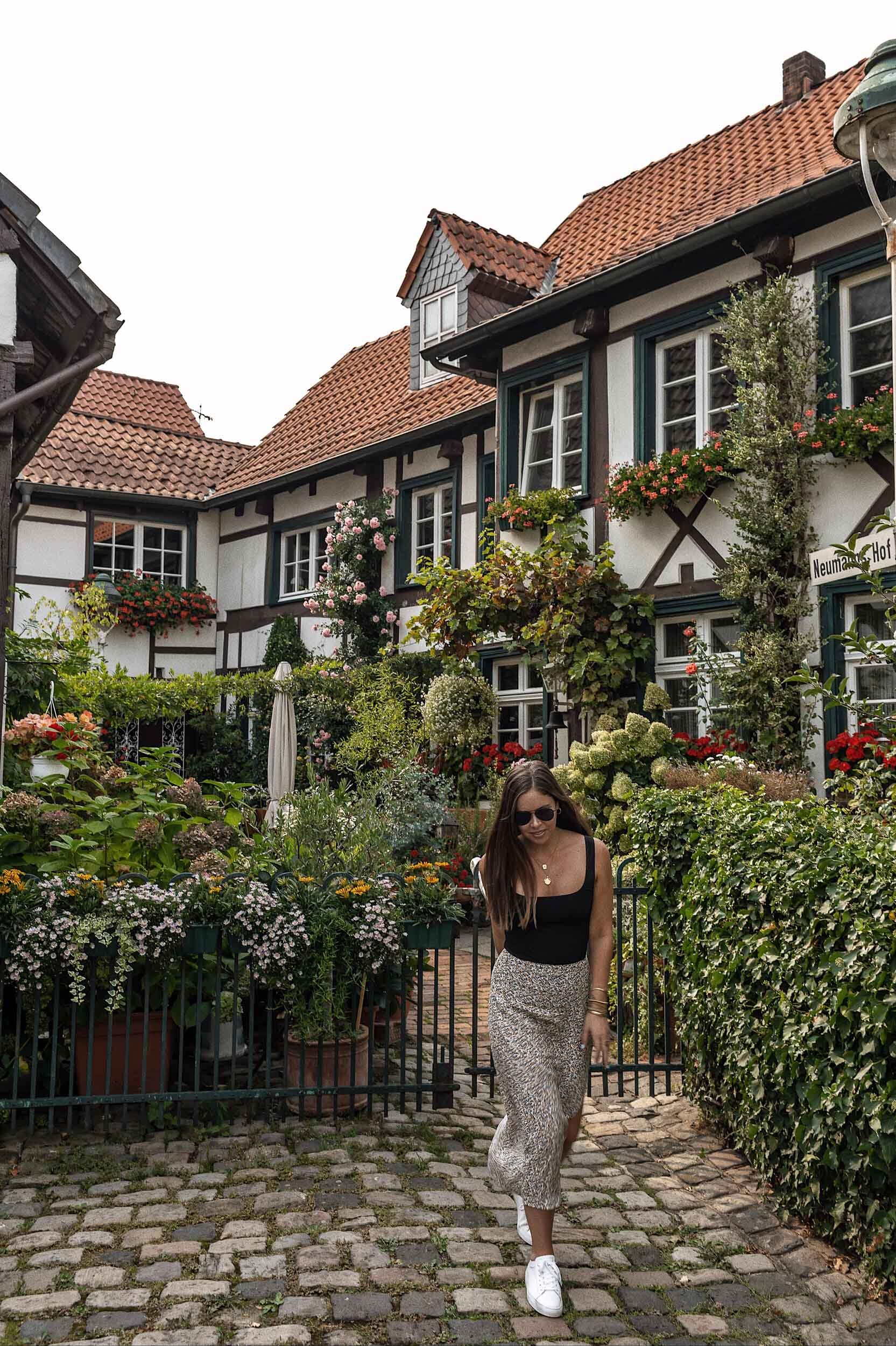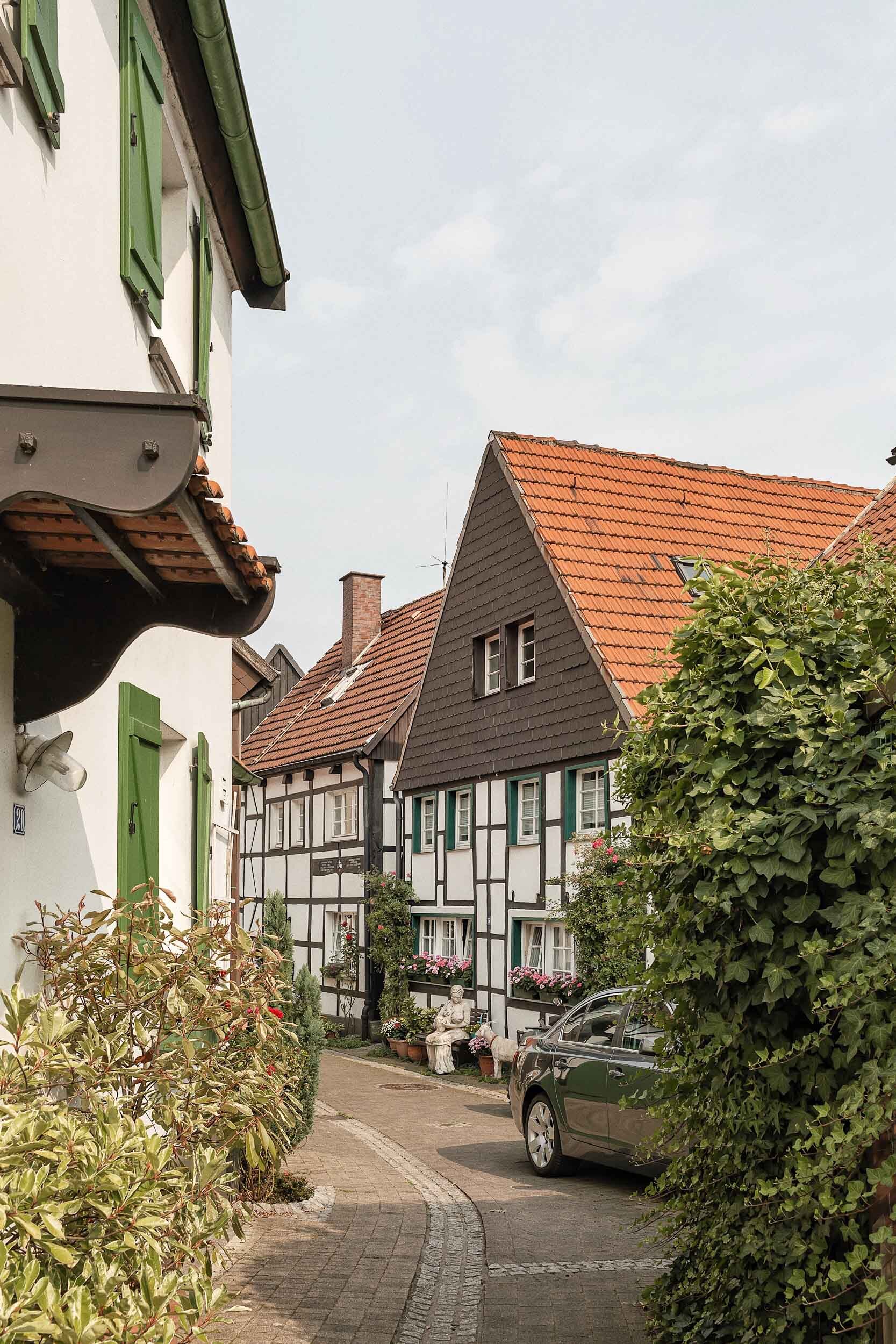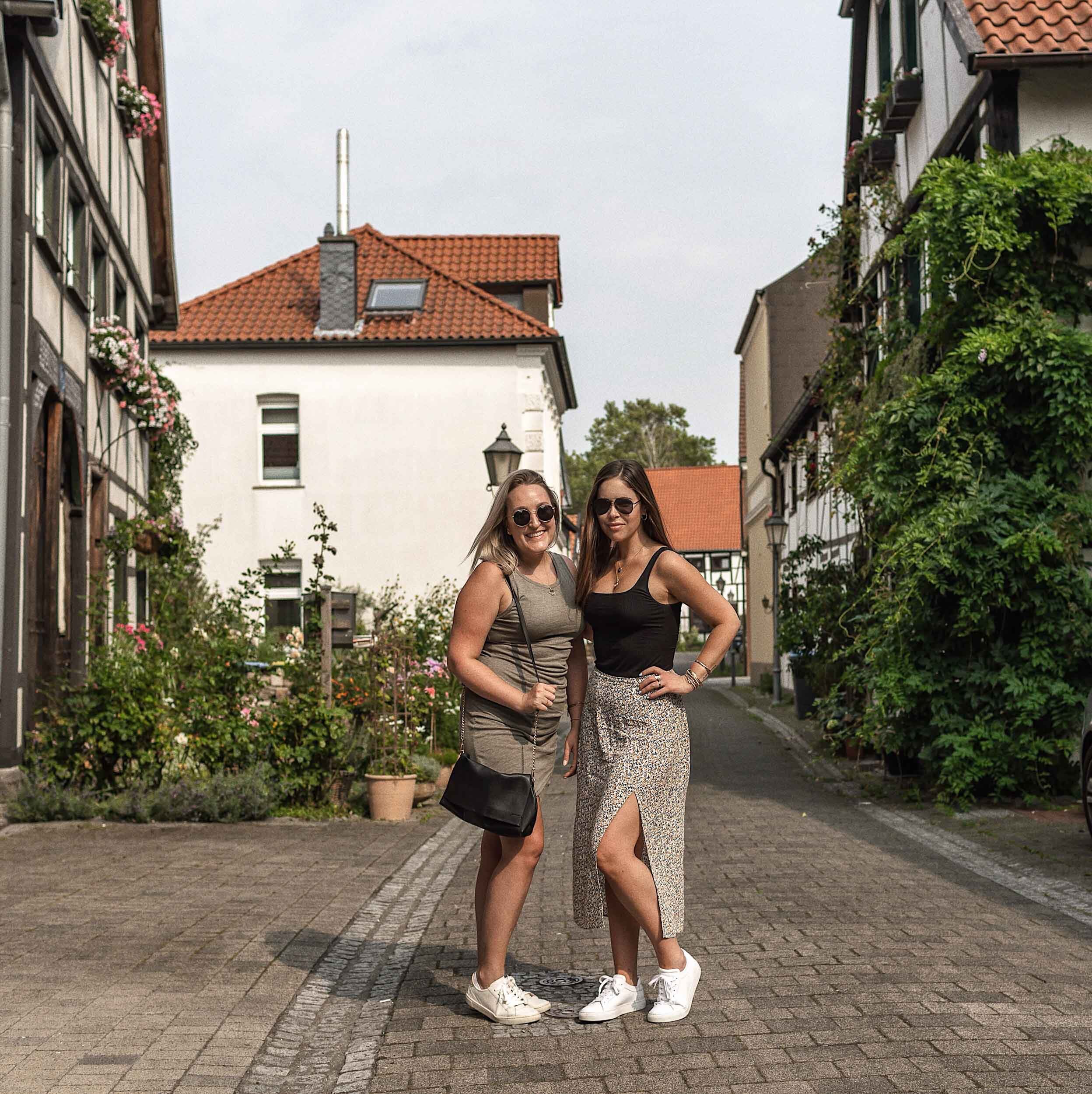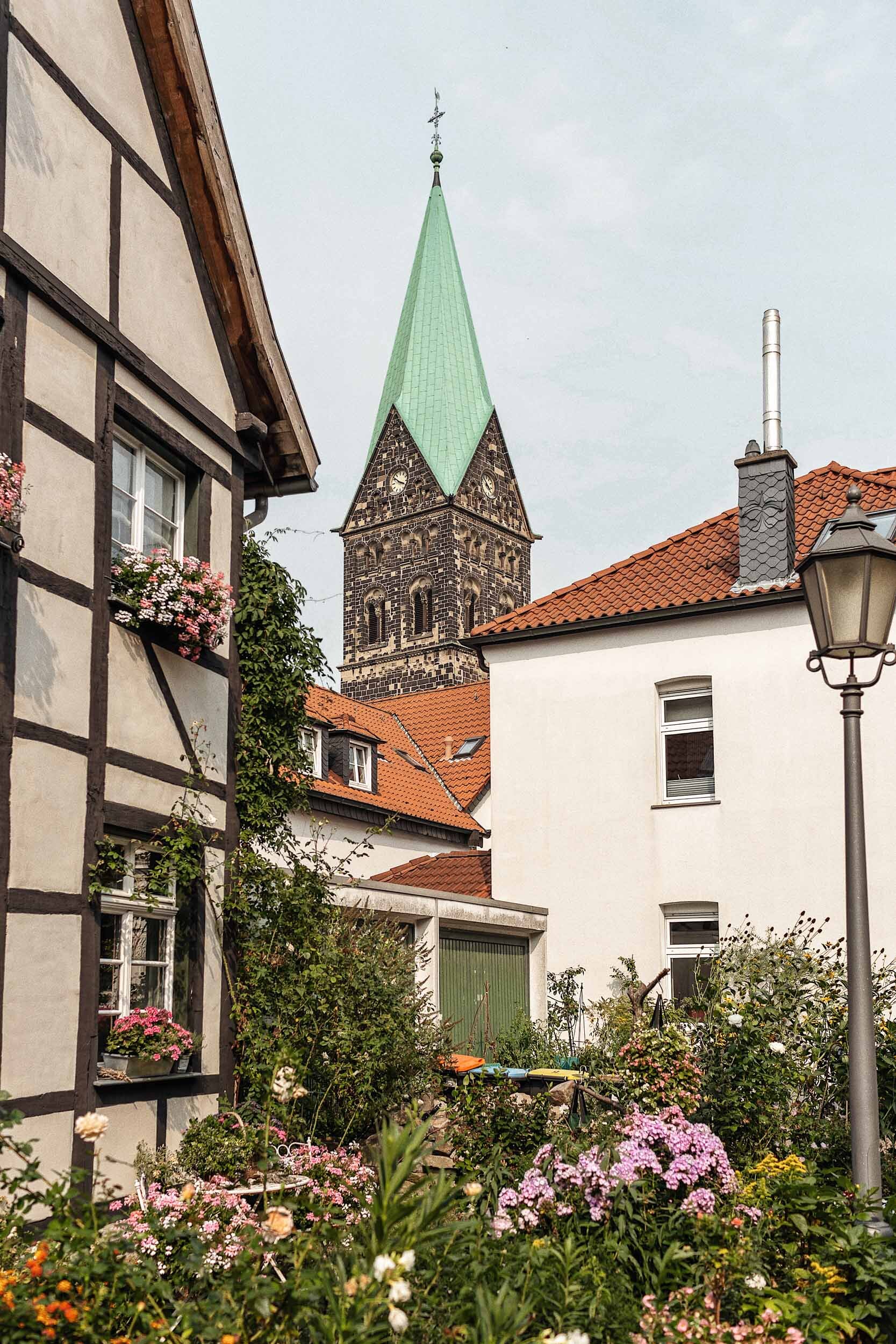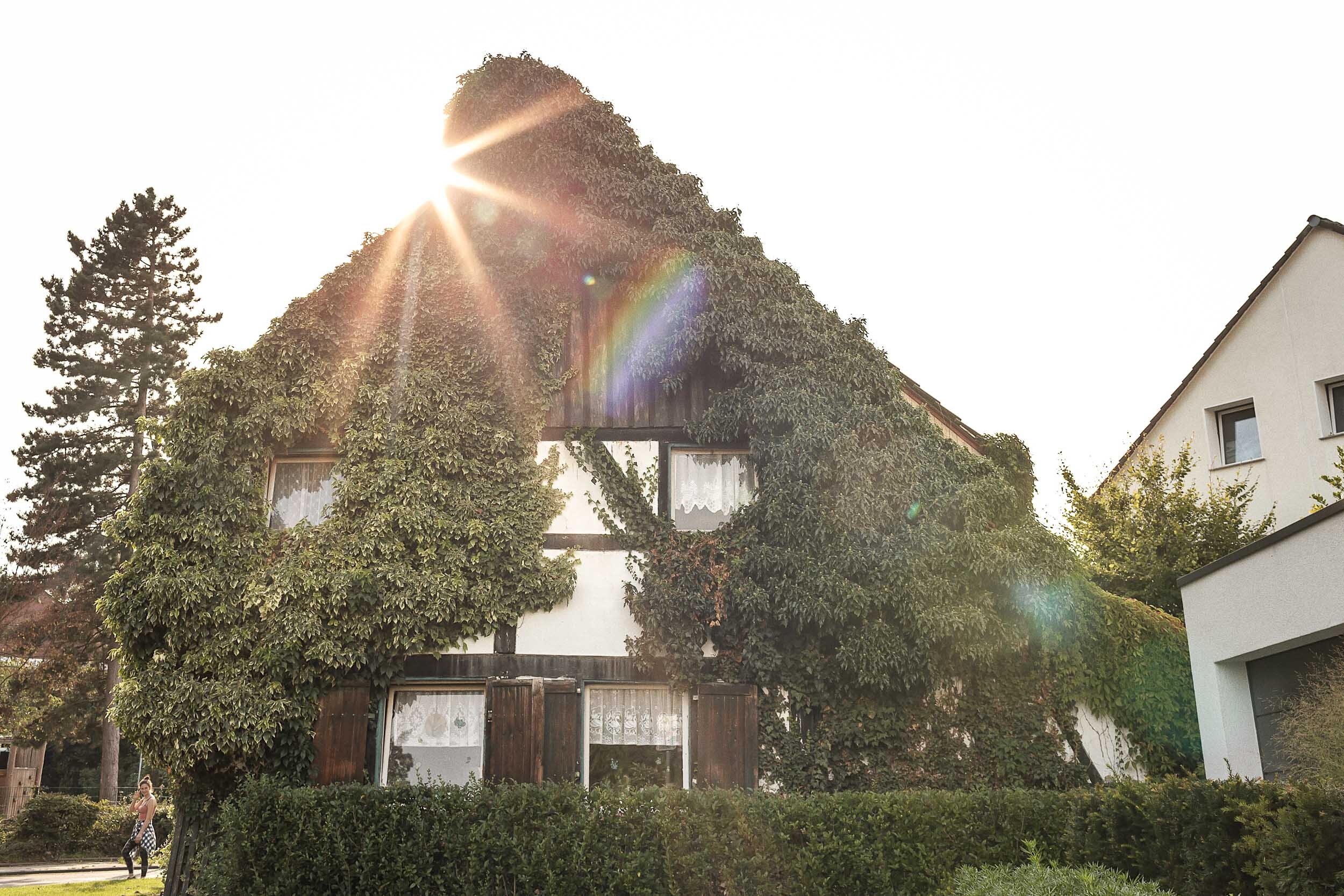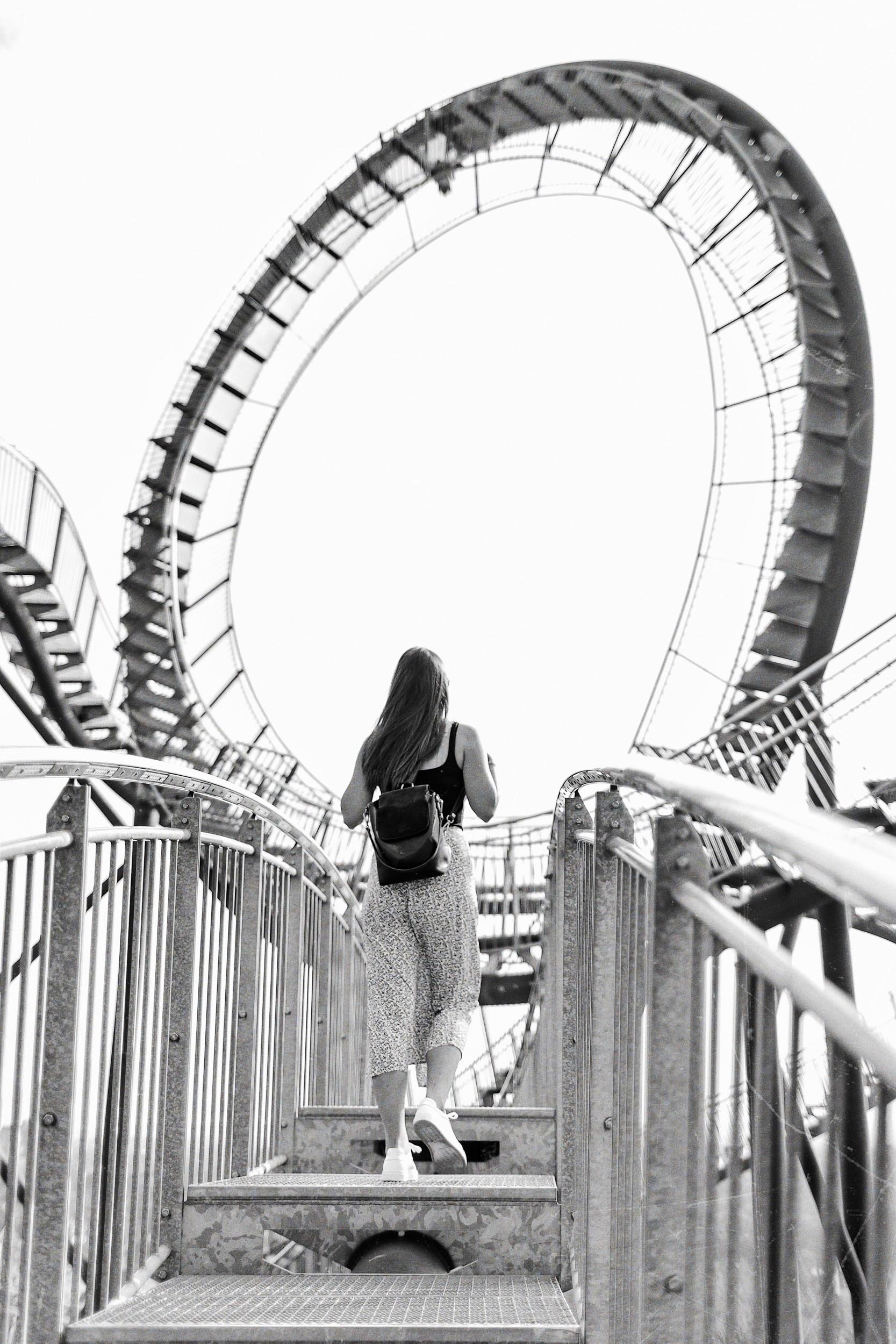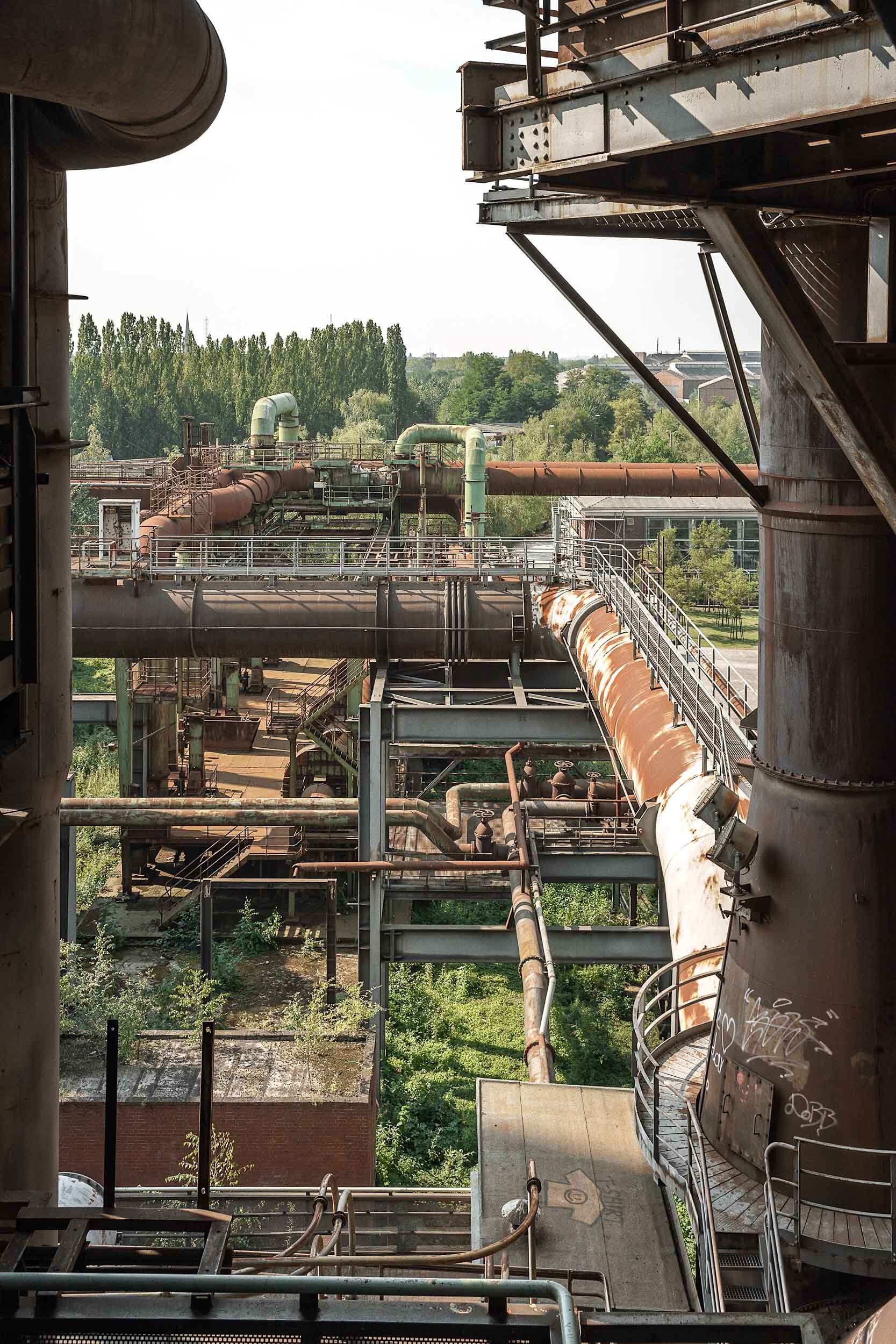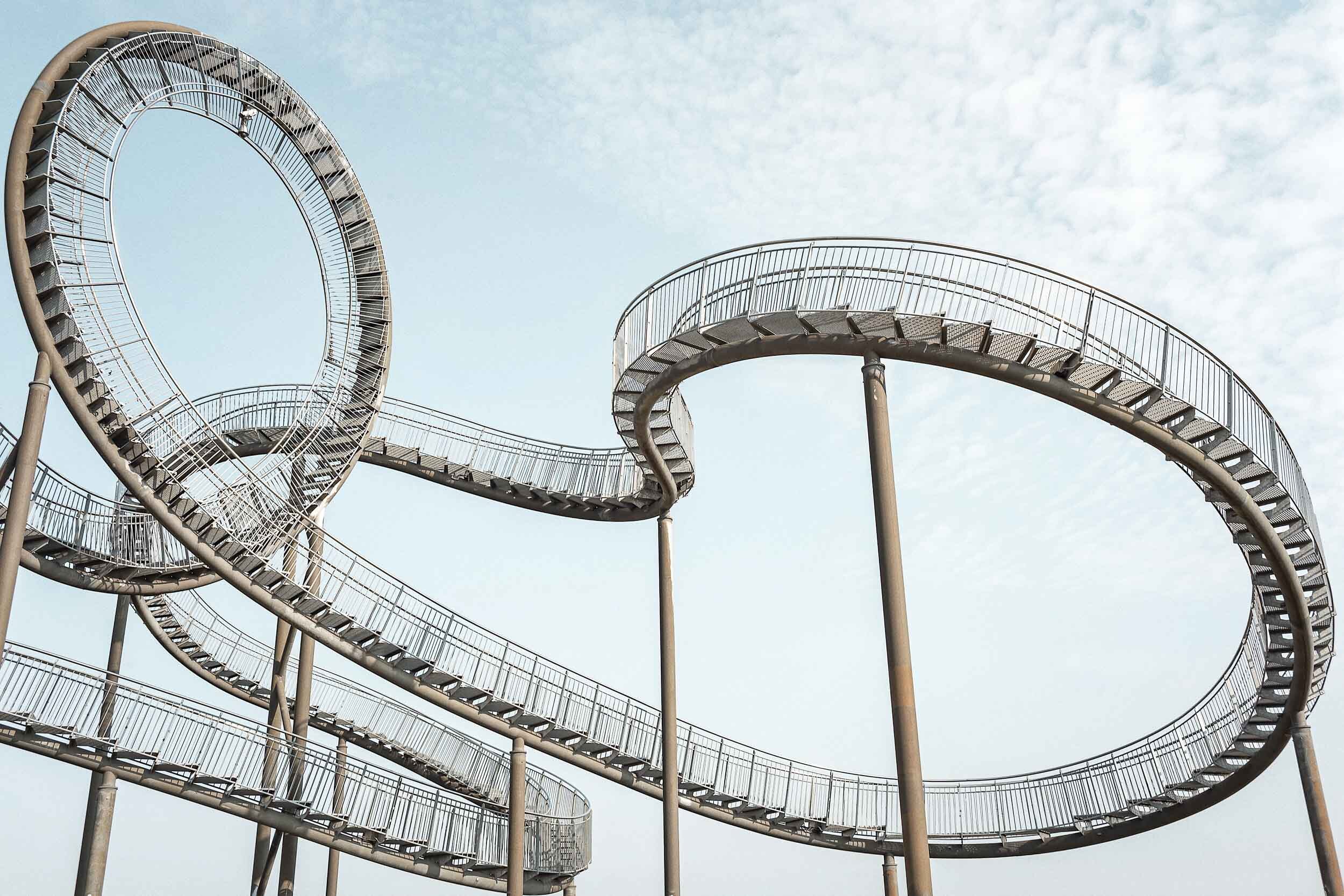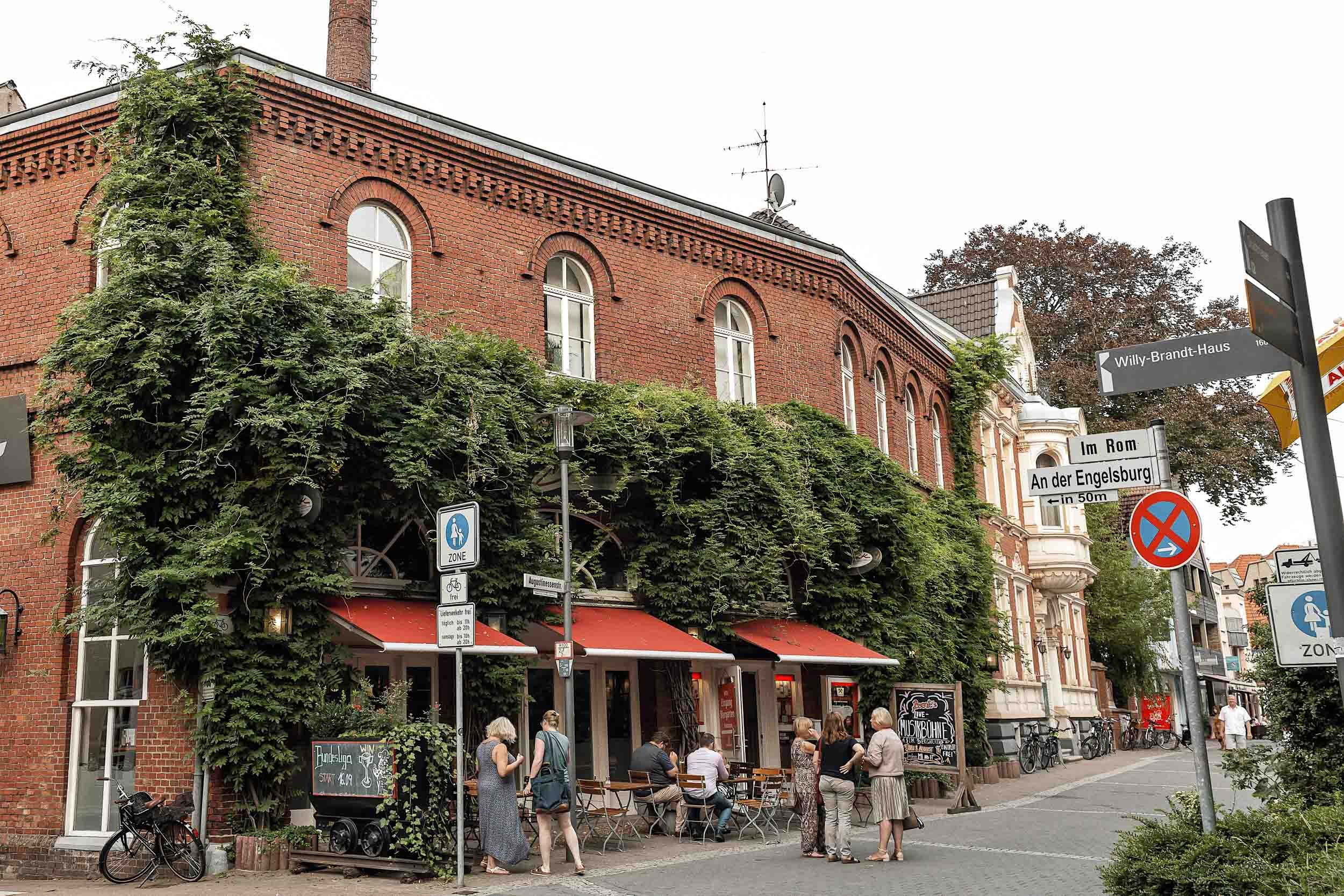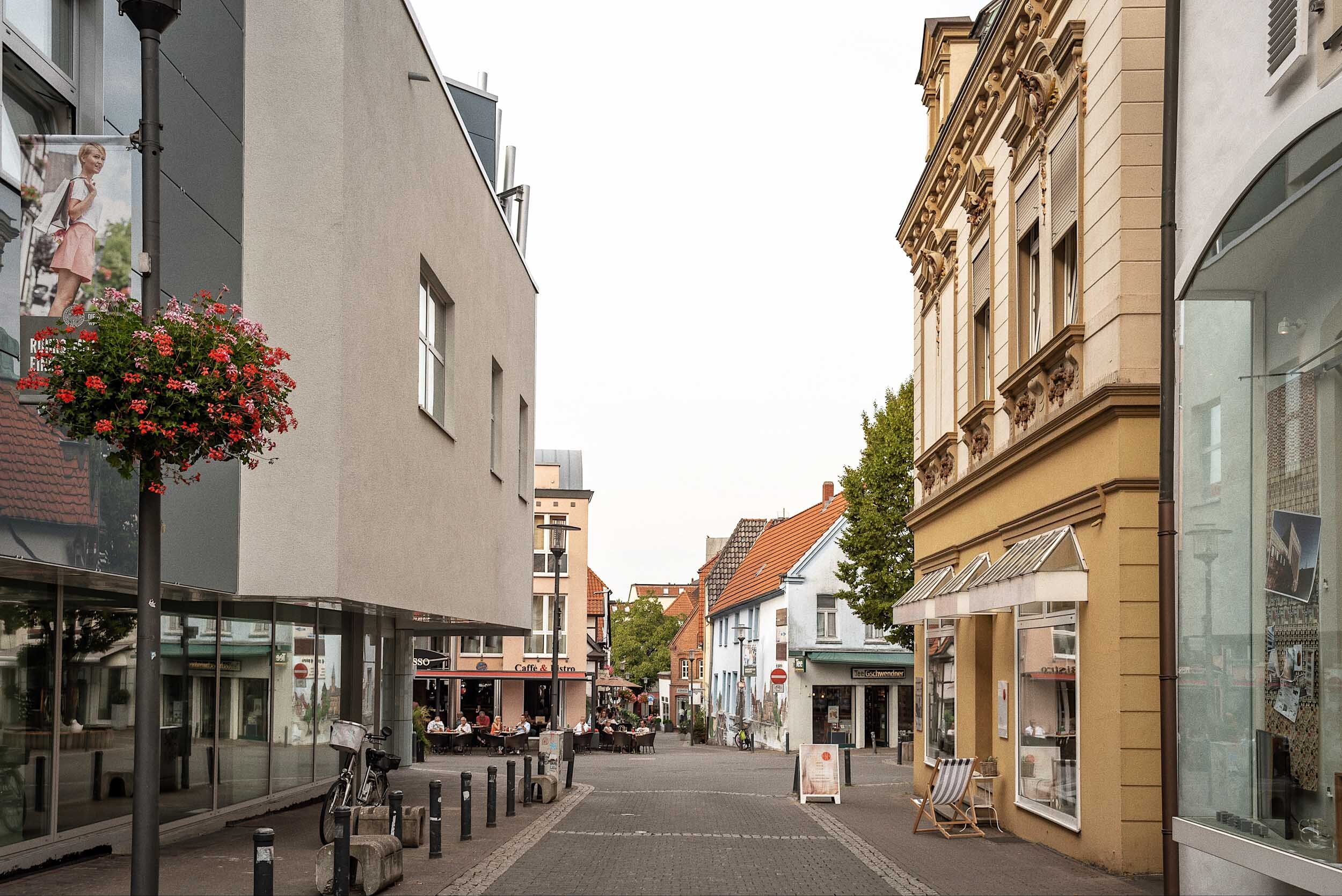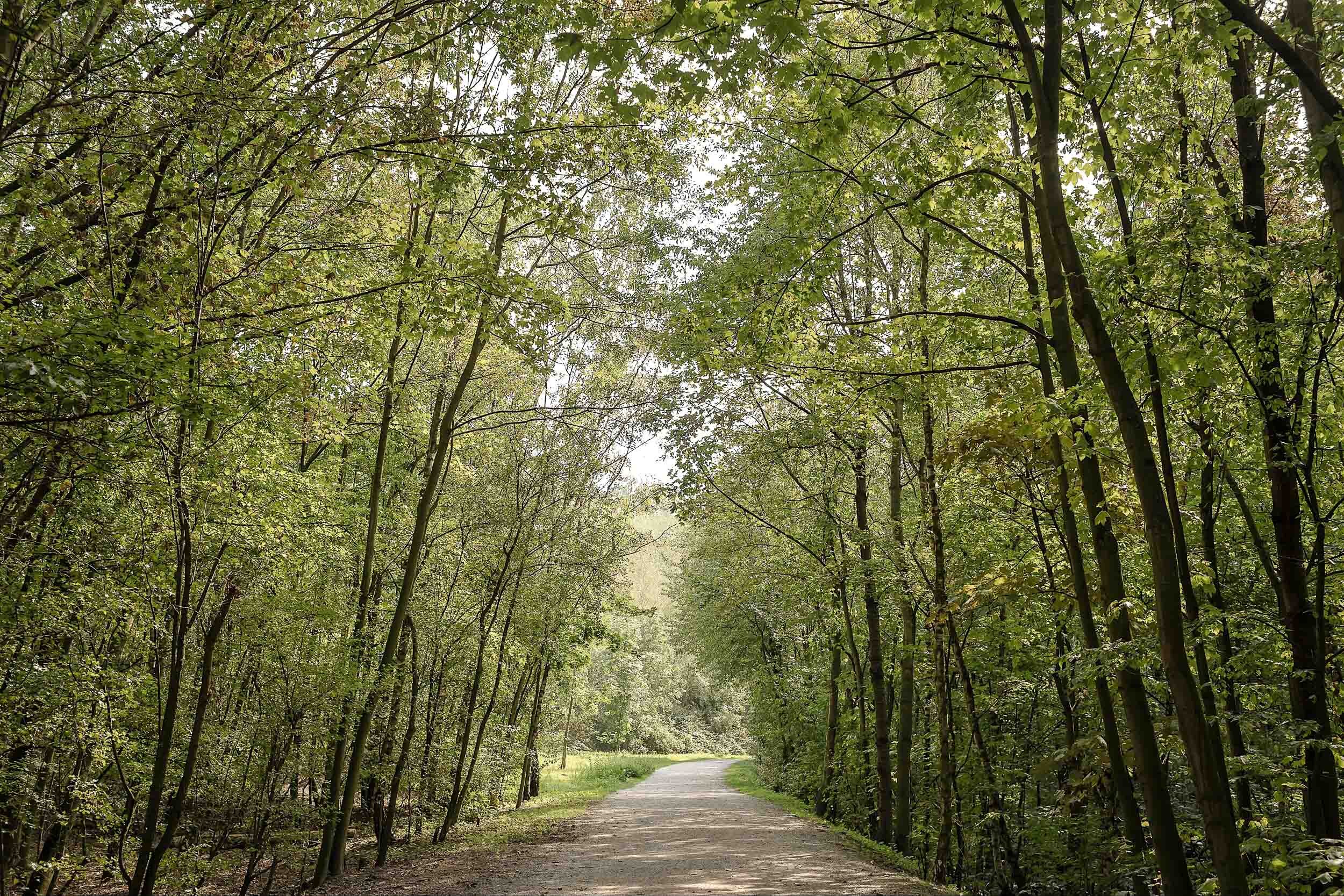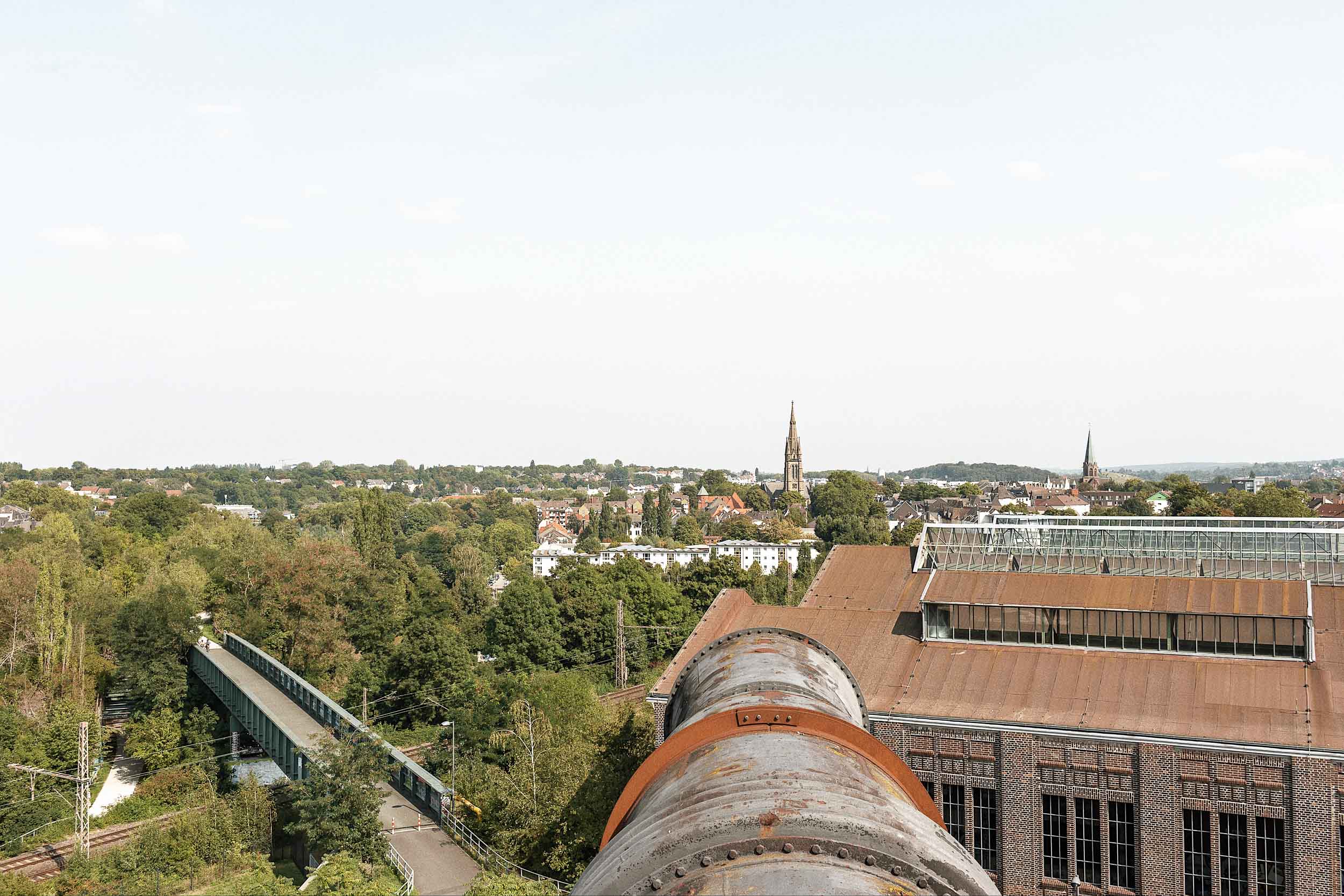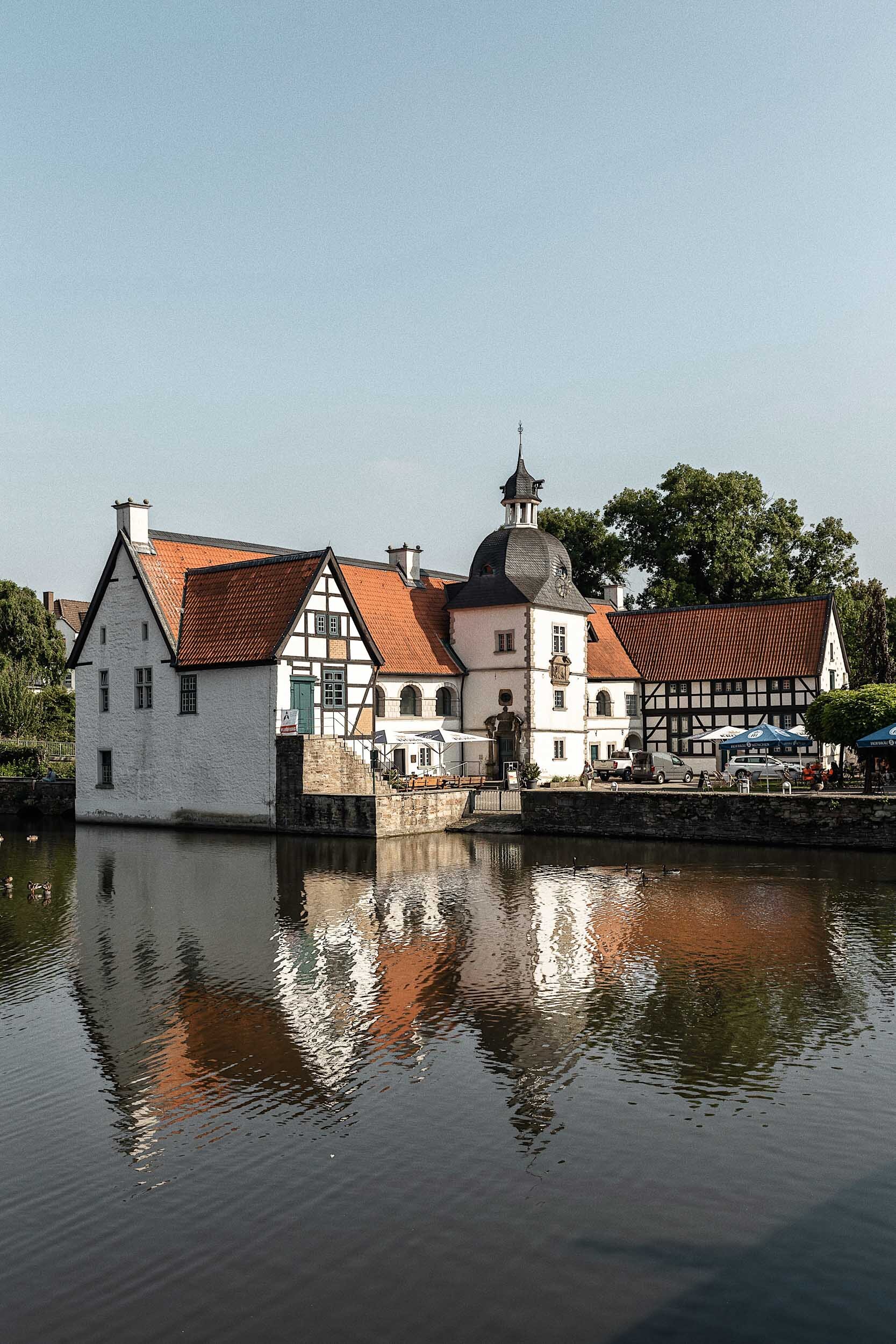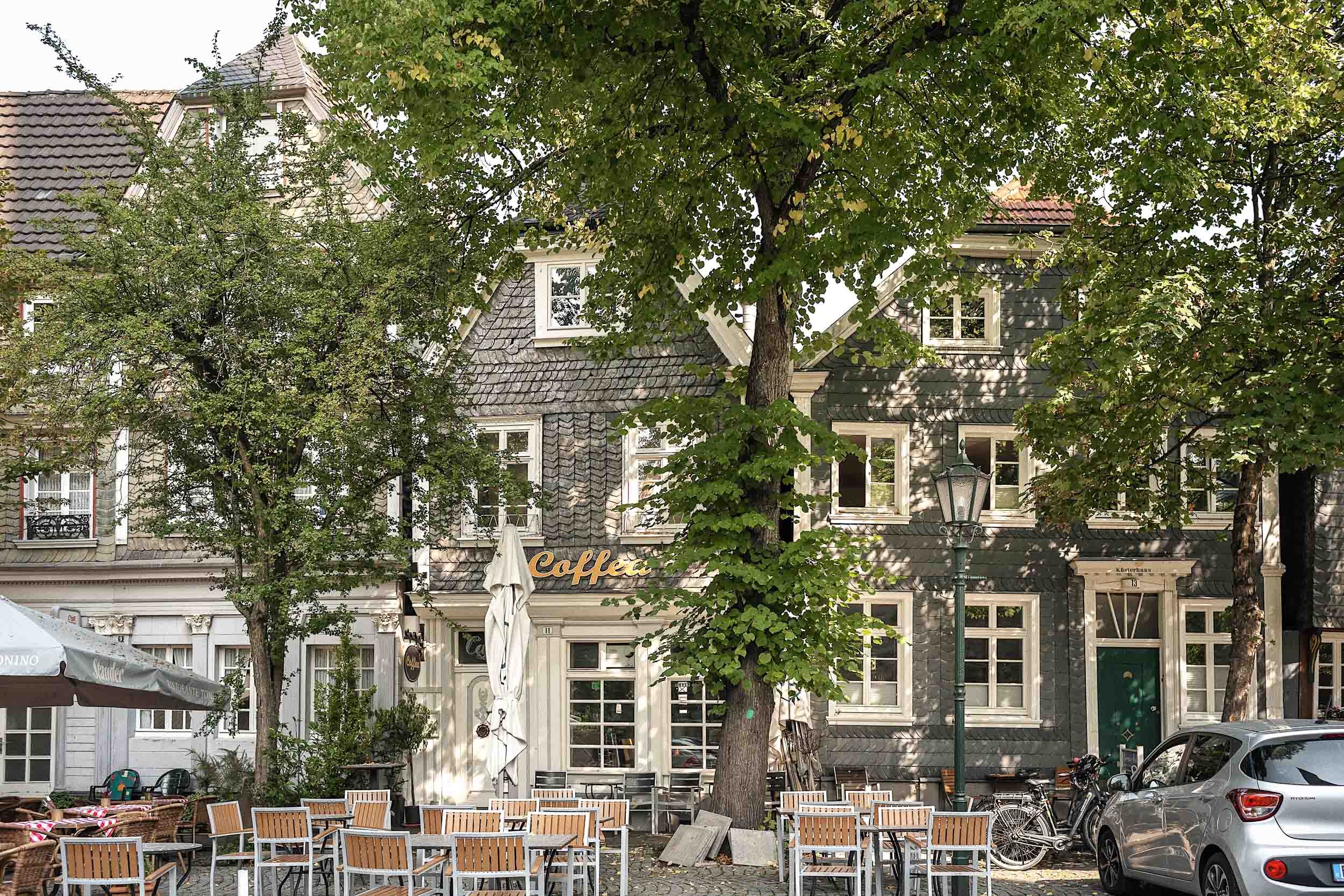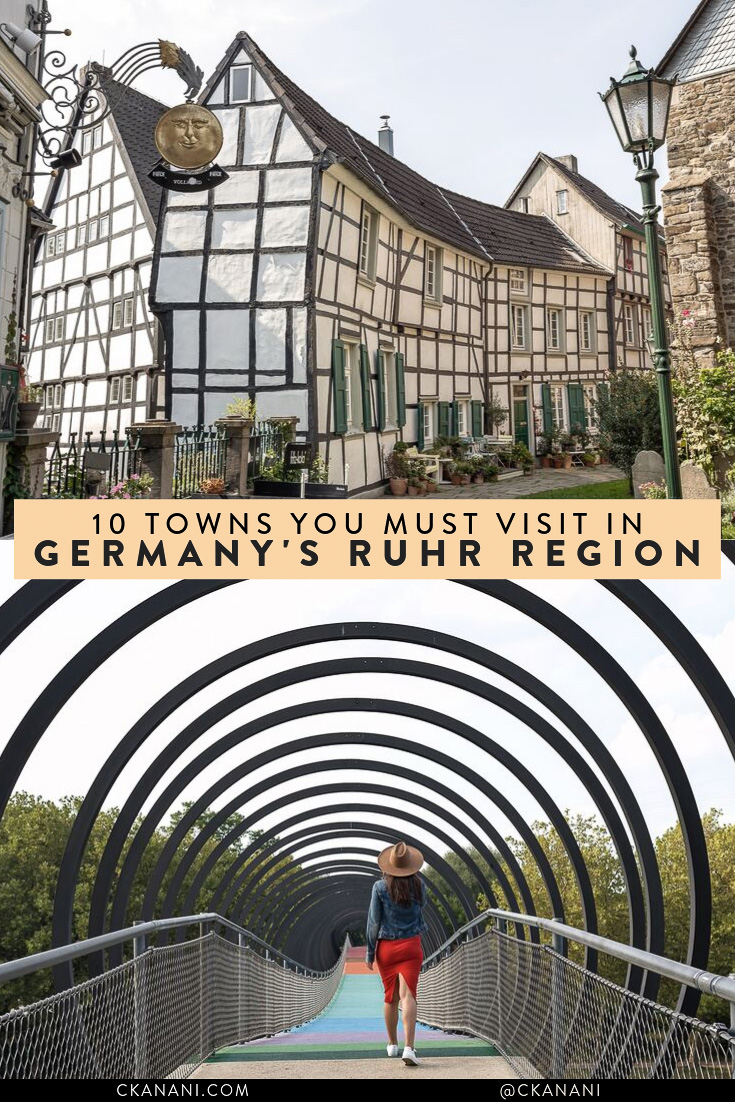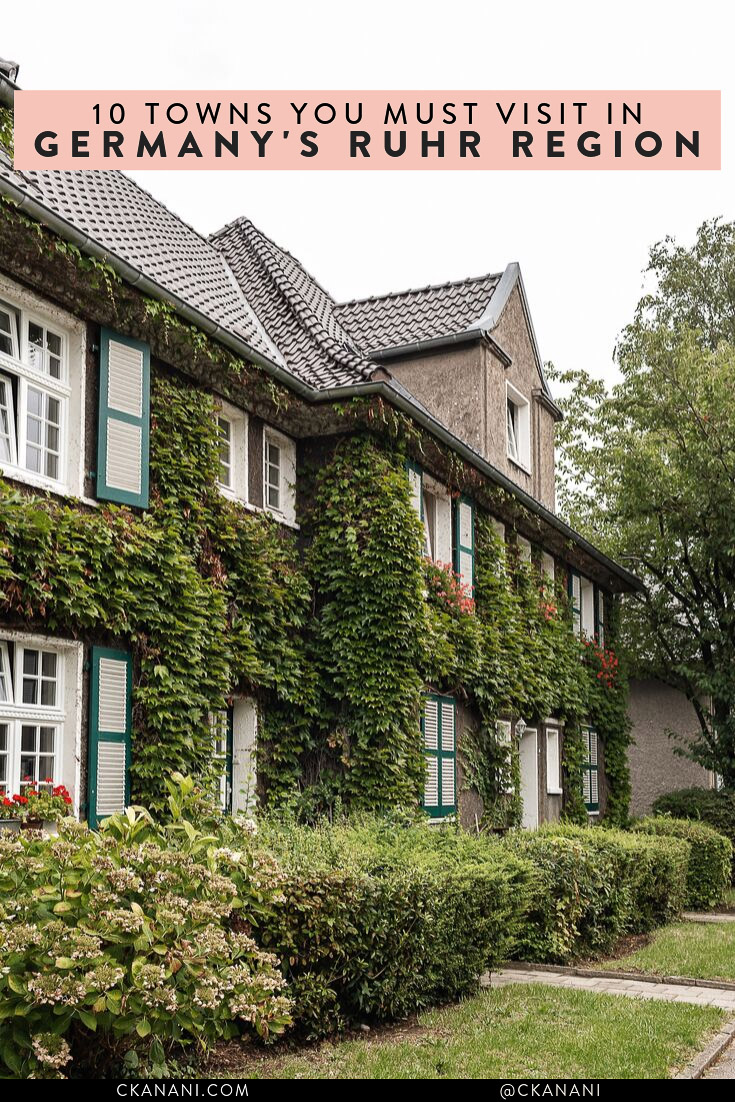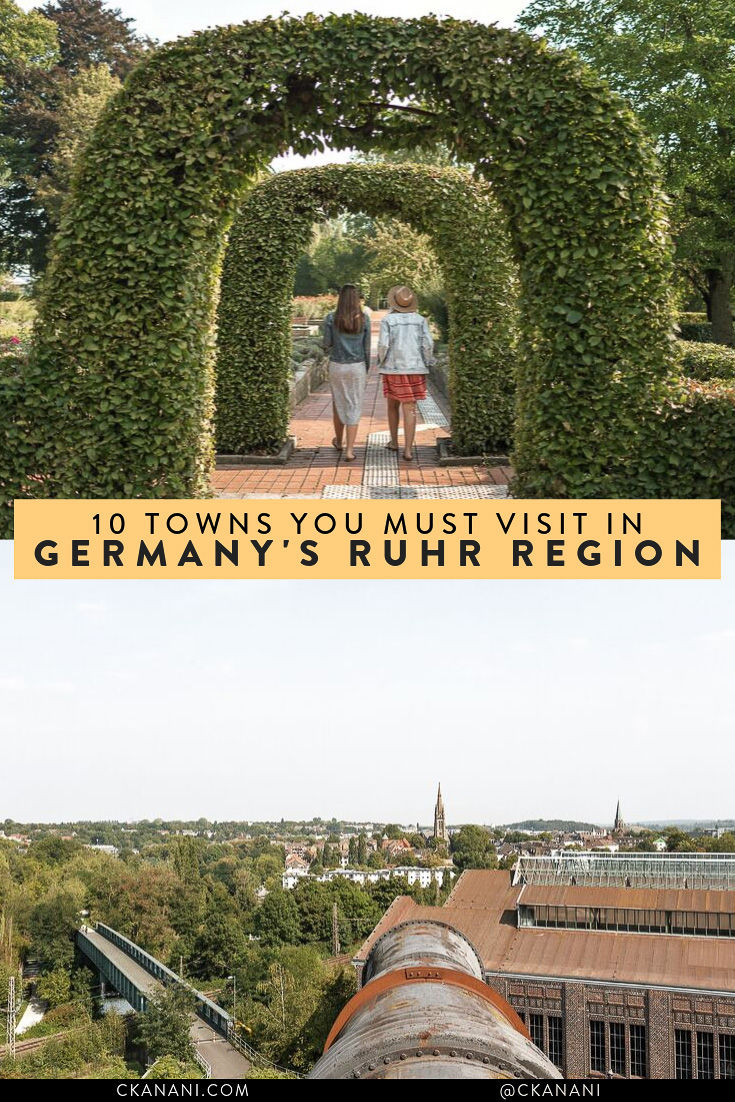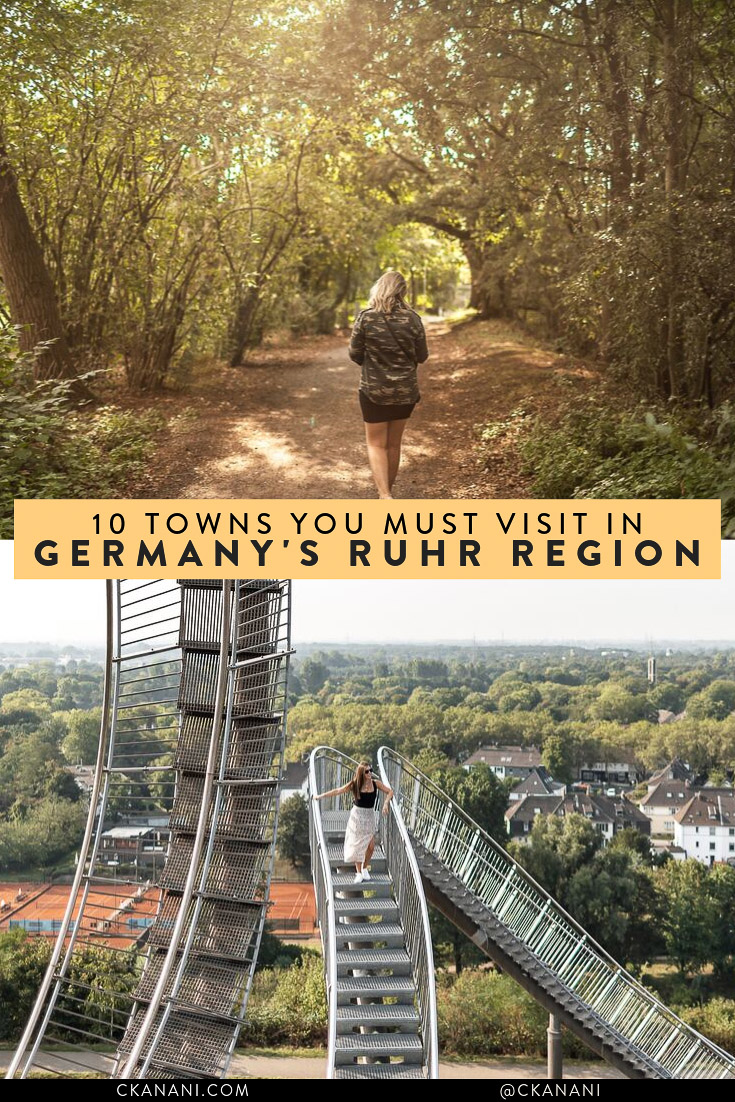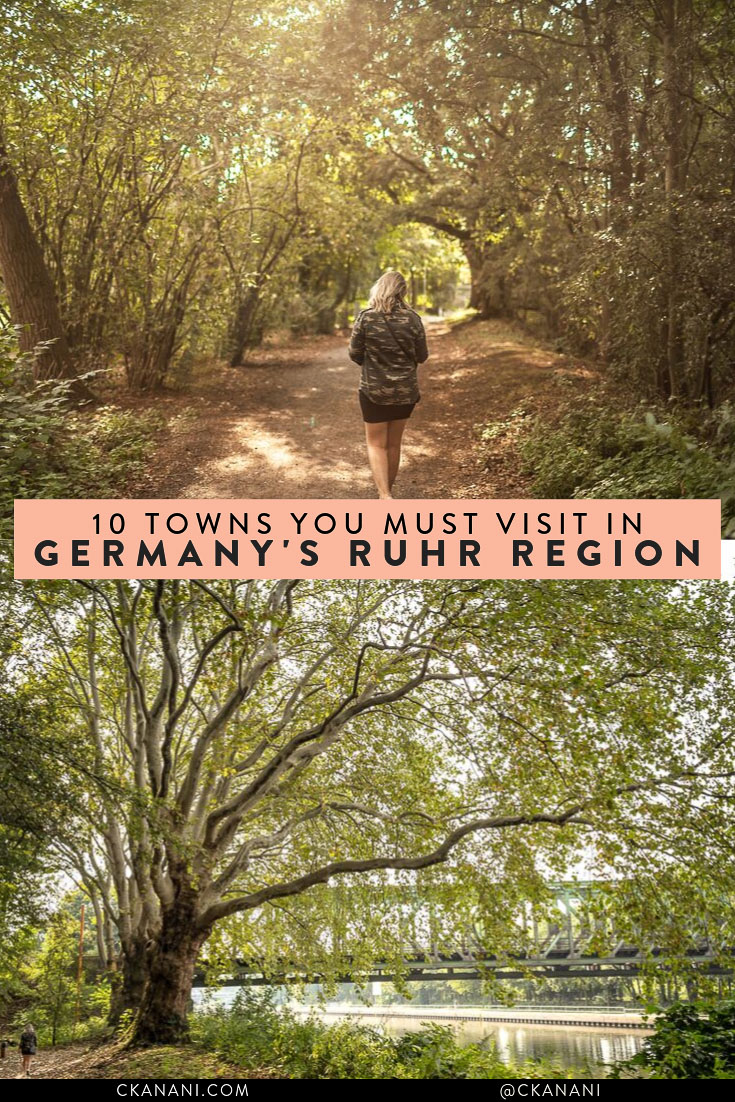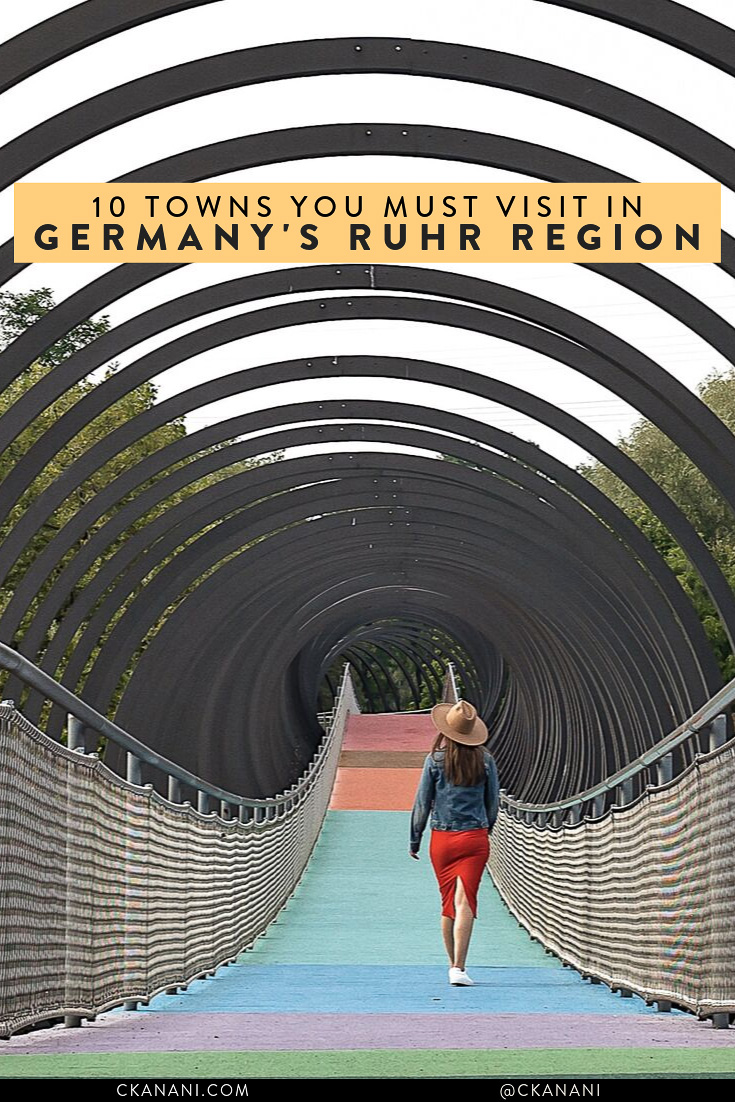10 Towns You Must Visit in Germany's Ruhr Region
I recently visited the Ruhr region of Germany with Germany Tourism and quickly fell in love. In my guide to the Industrial Heritage Route (click here to read that), I laid out what I consider to be the perfect Ruhr itinerary in great detail. But since I sometimes find a more high-level overview to be helpful in the initial stages of planning a trip, I am going to provide that here!
The Ruhr region is most widely known for being a major industrial region, famous for its large-scale coal and steel production, but that’s certainly not all it is. It is home to some of the greenest cities I have ever seen, the most beautiful parks, charming old towns, and more.
So, of all the cities and towns in the Ruhr region, which should you visit? Here are the 10 towns you absolutely cannot miss!
Essen
Essen, the second largest city in the Ruhr, is a fantastic city with something for everyone. Most notable for its industrial heritage, today you can visit world famous UNESCO World Heritage Site Zollverein for a glimpse into Essen’s past. In addition, Essen is home to many wonderful museums, cycle paths, gorgeous parks, delicious restaurants, great shopping, and more.
Oberhausen
Oberhausen is said to be the place to go if you don’t want to travel far but want to experience a lot in a short period of time. It is home to Europe’s largest shopping center, the Centro Oberhausen, and the Gasometer, a former gas holder that has been converted into an exhibition space with panoramic rooftop views. My favorite Oberhausen stop, however, is their Slinky Springs to Fame bridge. It is a colorful bridge that resembles a slinky, and is a sight to see during the day or at night.
Herten
Herten is a lesser-known Ruhr town but easily one of my favorites! It is divided into districts, including Westerholt, ahistoric old village filled with half-timbered houses. If you are looking for a charming, traditional German village, Westerholt in Herten is as good as it gets! Herten is also home to one of the largest spoil tips in the Ruhr region, the Hoheward spoil tip, part of the Industrial Heritage Trail.
Mülheim an der Ruhr
Mülheim an der Ruhr, called the “City on the River,” is located on the Ruhr river. More than half of the city is green, making it the perfect stop for both water and nature lovers. In Mülheim an der Ruhr, there are plenty of opportunities to get on the water, whether it be via sailing, pedal-powered boats, or something else. It’s also home to a charming old town, one that I am personally very sad to have missed while visiting! Don’t make the same mistake as me - this city looks like a dream.
Duisburg
Duisburg, famous for its steel industry, is the third largest city in the Ruhr region. In Duisburg, the Rhine River meets the Ruhr River with the city lying on all sides. It is home to the world’s largest inland port, the Duisburg Inland Harbor, perfect for a harbor cruise! The inner harbor area is one of my personal favorites, with great bars, restaurants, green spaces, museums, and more. Duisburg also has many great inland options, like Tiger and Turtle, a walkable roller coaster sculpture, and Landschaftspark Duisburg-Nord, a former steel furnace turned public park.
Recklinghausen
Recklinghausen is located next door to Herten and is therefore a place I recommend stopping by afterward. It is the northern-most city in the Ruhr region with a very charming old town, great for a stroll, a drink, and/or a meal!
Bottrop
Bottrop is the smallest city in the Ruhr region and is a place I did not get to spend enough time. I visited to check out the Tetraeder spoil tip, a hilltop sculpture and viewpoint and most famous landmark of Bottrop. There’s also a second Bottrop spoil tip, the Haniel, full of colorful railway totems. Looking for more of an adventure? Bottrop also offers year-round skiing, summer tobogganing (omg!), climbing, and indoor skydiving. It’s also home to Germany’s largest film and amusement park, Movie Park Germany. Pretty impressive for being the smallest city, yah?
Dortmund
Dortmund, the largest Ruhr region city, is the second greenest city in all of Germany. Being as green as it is, there is no shortage of beautiful parks, gardens, and my favorite kind of garden, beer gardens (or in German: Biergaerten) ! ;) It’s also the Ruhr region’s football and beer capital. And there is, of course, also industrial heritage to be seen in Dortmund, like in Skywalk Phoenix-West, where you can walk along the Skywalk to an old blast furnace plant.
Hagen
Hagen is a city that caught my eye prior to visiting the Ruhr region because of its open-air museum, Freilichtmuseum. It’s a museum of craft and technology in a beautifully scenic venue full of half-timbered and medieval houses. Hagen is also home to the Ruhr Valley Cycle Path and more than 50 km (31 mi) of river. There are castles, museums, caves and more!
Hattingen
Hattingen is one of the most pleasant surprises I came across during my visit. The Hattingen Old Town is, as I learned, a popular tourist destination, and I can definitely see why. It is a medieval town filled with countless cobblestone streets and traditional half-timbered houses. Make sure not to miss the church square, which you can find by searching "St. George’s Church.” It is hard to imagine Hattingen’s Old Town getting any better, but during Christmas time it apparently does! If possible, try to time a visit when their Christmas market is taking place.
This project was done in partnership with Germany Tourism and Travel Mindset. All of the above is, as always, my own opinion.

